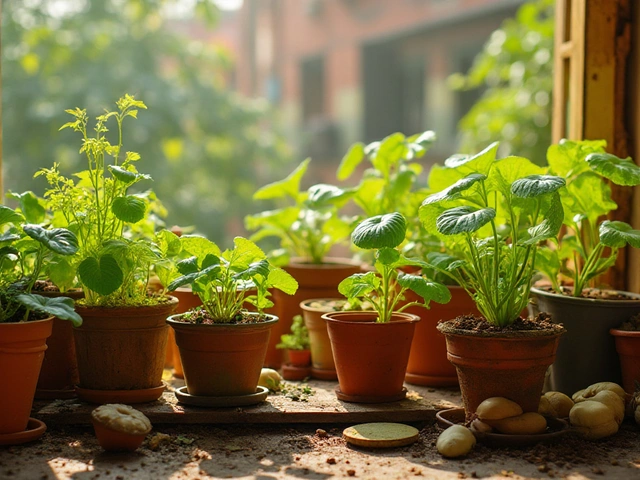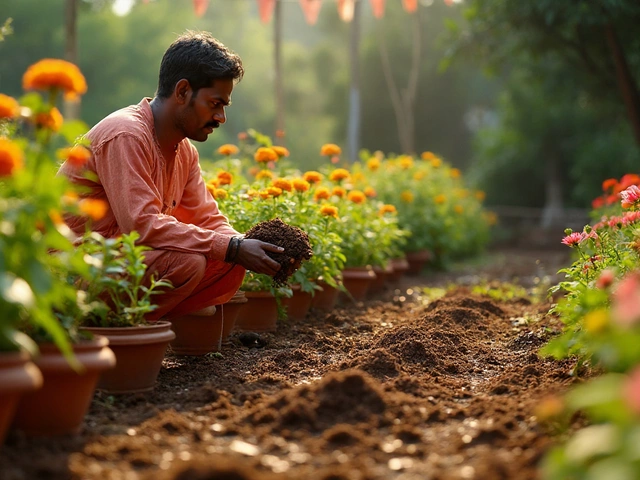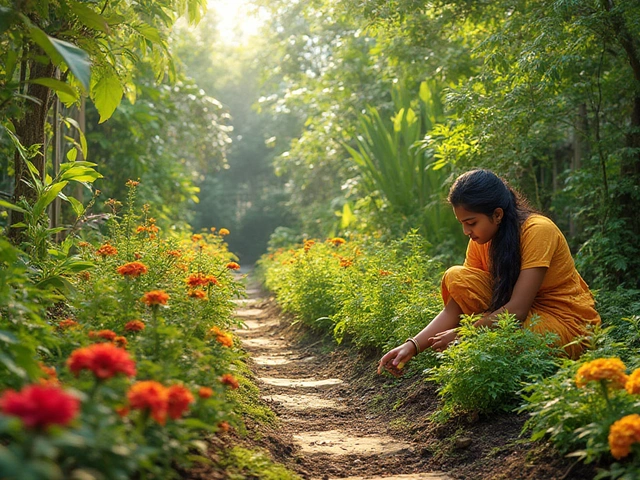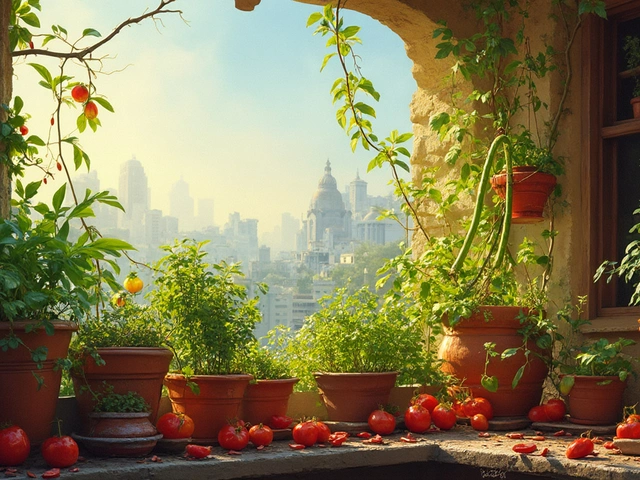Environmentally Friendly Houses: Simple Ideas for Green Living
Want a house that saves money, cuts carbon, and feels fresh? You don’t need a full‑blown redesign. Small changes in layout, materials, and daily habits can turn any home into a greener space.
Design Basics for a Green Home
Start with natural light. Bigger windows, light‑colored walls, and reflective surfaces let sunlight warm rooms in winter and reduce the need for artificial lighting. If privacy is a concern, use sheer curtains or planter screens – they add greenery while letting light in.
Insulation is a quiet hero. Properly sealed walls, roofs, and doors keep heat where it belongs, so your AC or heater works less. Look for locally made bamboo panels, recycled brick, or rammed earth – they’re sturdy, cheap, and have low embodied energy.
When you choose flooring, think about durability and renewability. Bamboo, reclaimed wood, or polished concrete last long and need fewer replacements. Add a layer of cork under rugs for extra comfort and sound dampening.
Everyday Practices to Keep Your House Eco‑friendly
Water use is a big energy factor. Install low‑flow taps, dual‑flush toilets, and drip irrigation for any garden space. Drip lines buried just a few inches deep can deliver water straight to roots, cutting waste by up to 50%.
Turn waste into resource. Set up a kitchen compost bin for vegetable scraps and a separate bin for paper or cardboard. Over time you’ll have nutrient‑rich soil for indoor plants or a balcony garden – perfect for those who love fresh herbs.
Switch to LED bulbs throughout the house. They use a fraction of the electricity of old incandescent bulbs and last ten times longer. Combine LEDs with smart switches that dim lights automatically when rooms are empty.
Appliances matter too. Choose ENERGY STAR rated refrigerators, washing machines, and air conditioners. Even a 15‑minute extra rinse in the dishwasher can shave off a noticeable amount of water.
Finally, bring nature inside. Houseplants improve air quality and add a calming vibe. Keep them in spots with the right light, water them with rain‑collected water, and avoid over‑watering – a simple soil‑moisture check tells you when they truly need it.
These steps add up quickly. By tweaking design elements and adopting a few daily habits, you’ll lower bills, shrink your carbon footprint, and enjoy a healthier home environment. The best part? Most changes are low‑cost and can be done piece by piece, so you never feel overwhelmed.
Eco-Friendly Home Designs: Building for a Sustainable Future
Building an environmentally friendly house means considering not just the materials used, but also how they work within their environment. From cob structures to modern earth-sheltered designs, each offers unique benefits for energy efficiency and resource conservation. This article explores various sustainable building methods and how they integrate with eco-conscious gardening practices. Aligning your home with nature not only reduces your carbon footprint but also enhances your quality of life.
About
Sustainable Gardening
Latest Posts


Planting Vegetables: Choosing Between Pots and Ground for Optimal Growth
By Alden Thorne Dec 5, 2024

Plants That Hate Coffee Grounds: What Not to Feed Your Garden
By Alden Thorne Aug 4, 2025

Sister Plants: The Science and Benefits of Companion Planting for Gardeners
By Alden Thorne Jul 19, 2025

